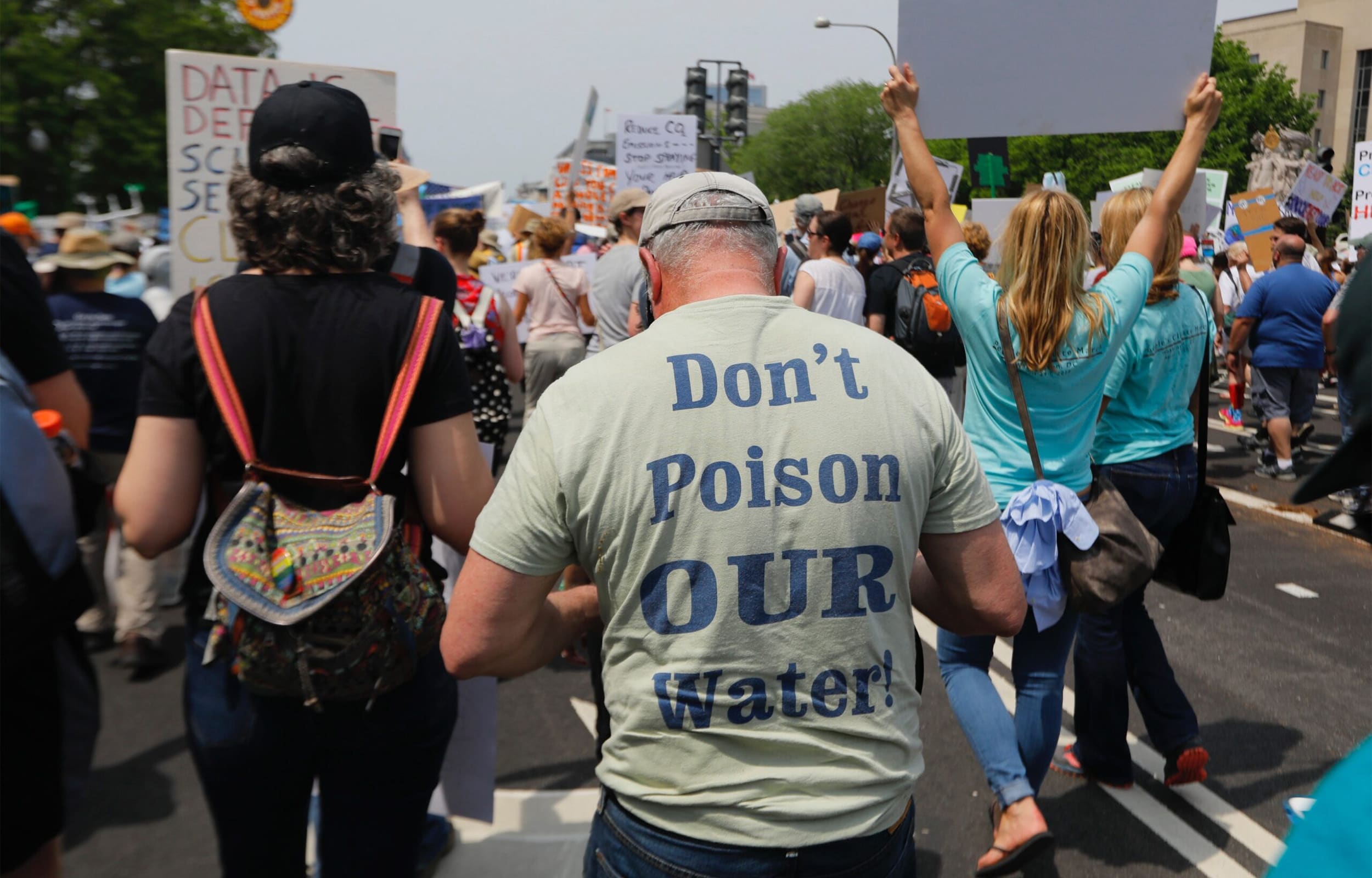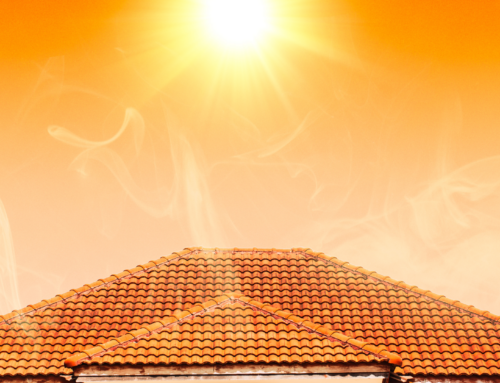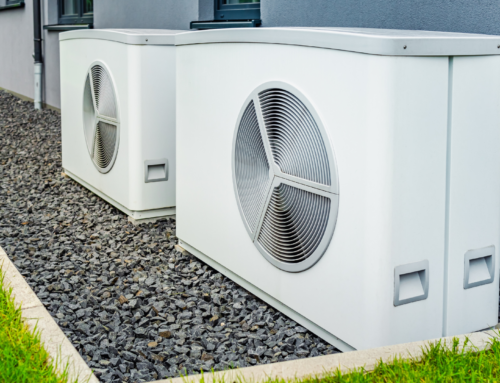As the effects of climate change continue to put pressure on our environment and society, there are many areas in which we need to take action. Carbon emission reduction. Clean energy. Minimizing pollution and mitigating its effects. But one area that should not be pushed to the wayside is environmental justice. Rather, environmental justice should be woven into every energy and environmental action we take as we embark on a global effort to combat climate change. Here’s what environmental justice encompasses, why it’s so important, and what we’re doing in Colorado to ensure environmental justice for all.
What Is Environmental Justice?
The EPA defines environmental justice (EJ) as “the fair treatment and meaningful involvement of all people regardless of race, color, national origin, or income, with respect to the development, implementation, and enforcement of environmental laws, regulations, and policies.” EJ is achieved when everyone enjoys:
- The same degree of protection from environmental and health hazards
- Equal access to the decision-making process to have a healthy environment in which to live, learn, and work
Dr. Robert Bullard is considered by many as the father of EJ. In the 1970s and 1980s, his work spread awareness of environmental justice and environmental racism in the US. He highlighted the environmental issues that disproportionately faced low-income communities, people of color, and other marginalized groups. “Justice will say, let’s do fairness, equity and justice,” Bullard said, “to make sure that we do not somehow say just because you live in a low-income neighborhood that you don’t deserve to have a park, a grocery store and flood protection.”
Environmental Justice Issues
Although we have made some progress in EJ as a nation, we are still very far from just and the impacts of environmental injustice are still felt acutely in communities across the country. The same disproportionate effects that Bullard wrote on in the ’70s and ’80s are ongoing today, such as those felt by the communities in Cancer Alley, Flint Michigan, and the neighborhood of Harrisburg/Manchester in Houston. The burden of pollution, climate change, and other environmental hazards has largely been placed on marginalized communities, who face harmful health effects including:
- Asthma
- Obesity
- Lead poisoning
- Lung cancer
- Diabetes
- Mental health and developmental problems
- Inadequate access to healthcare and preventative care
- Lack of access to healthful foods
- Lack of safe play spaces for children
Environmental Justice in Colorado
In Colorado, like every state, we have our own EJ issues that need to be addressed. Water rights issues and climate change are major areas of concern. Pollution affects marginalized communities disproportionately, and several Superfund sites dot Colorado.
Researchers, activists, and policymakers are doing their part to fight for environmental justice in Colorado, and here at the Colorado Clean Energy Fund, we are doing the same. Our team sees that the concept of energy justice and environmental justice are intricately connected, in which fair access to clean energy underlies a society that is environmentally just. By centering our mission around energy justice, we are breaking down historic barriers to home energy improvements and prioritizing participation in larger energy projects by historically marginalized groups. These efforts contribute to achieving an environmentally just world: the energy transition will lead us to cleaner air and prevent the most devastating impacts of climate change, environmental hazards that have had disproportionate impacts for decades. We understand that many Coloradoans face barriers to clean energy, and we are here to help you break through them with below-market interest rates and a variety of loan products to fit the needs of your home or business.
At the Colorado Clean Energy Fund, we support Coloradoans in their efforts to transition to clean energy. We use the tools we have as a green bank to break down the financial barriers that inhibit access to clean energy for communities across the state. Learn about our residential programs here to see how we can help you upgrade your home for energy efficiency.







